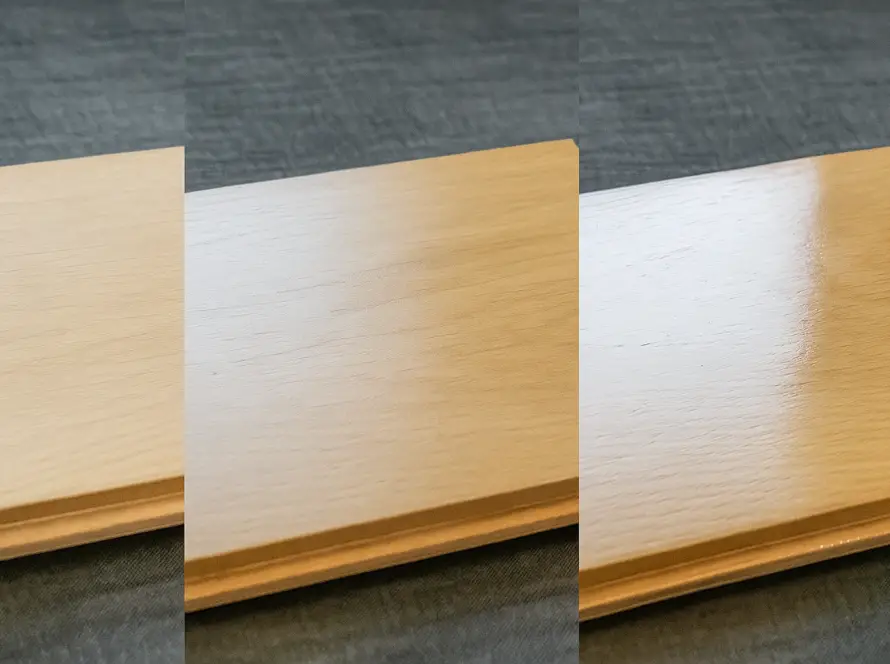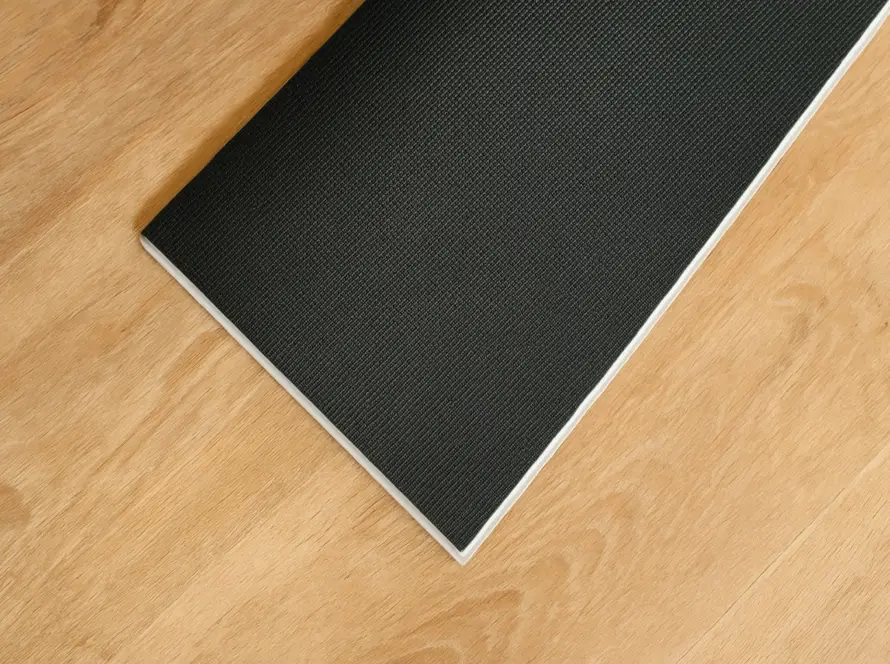Introduction to SPC Flooring
SPC (Stone Plastic Composite) flooring is a type of luxury vinyl flooring that has gained immense popularity in modern interior design. Known for its exceptional durability and 100% water resistance, SPC flooring is a preferred choice for both residential and commercial spaces.
Its unique manufacturing process contributes to its robust nature, making it an innovative solution in the world of flooring.

Components of SPC Flooring
The SPC flooring, manufactured by HRFLOOR, uses a raw material formula consisting of a 97% combination of 100% virgin PVC and calcium in a 1:3 ratio.
- Calcium (72%): Provides rigidity and stability.
- Polyvinyl Chloride (PVC) (24%): Adds flexibility and resilience.
- Other Material (4%): includes zinc stabilizer, TG-60(triglyceride), PE Wax, ACR(acrylates copolymer), and EPD(toughening agent)
These materials are not only effective but also eco-friendly, containing no formaldehyde and posing no heavy metal pollution. They contribute to the flooring’s recyclability and have a minimal environmental impact.
The Manufacturing Process
Step 1: Mixing the Core Materials
The manufacturing process begins with the precise mixing of calcium, PVC powder, and stabilizers. High-tech machinery ensures that these components are combined uniformly, creating a consistent base material.

Step 2: Extrusion Process
The mixture is then heated and extruded through a mold. This process forms the dense, rigid core of the SPC flooring with wear layer and decor film. The extrusion process is crucial as it determines the flooring’s durability and resistance to impacts and moisture.

Step 3: UV Coating
This coating is cured using ultraviolet light, which hardens the surface and enhances its durability. The UV coating process includes:
- Dust Cleaning: Ensures a clean surface for coating.
- Coating: Applies a uniform layer of UV varnish.
- Drying: Cures the coating, making the surface scratch-resistant and glossy
Step 4: Cutting and Packaging
The layered material is then cut into planks or tiles of specified dimensions. The edges are precisely milled to ensure a perfect fit during installation. Finally, the planks undergo quality checks before being packaged for distribution.
Conclusion
The innovative manufacturing process of SPC flooring results in a product that is both durable and aesthetically pleasing. Its suitability for various environments, including high-moisture areas, makes it an ideal choice for modern homes and businesses. As flooring technology continues to evolve, SPC flooring remains at the forefront, offering a blend of practicality and style that is hard to beat.



